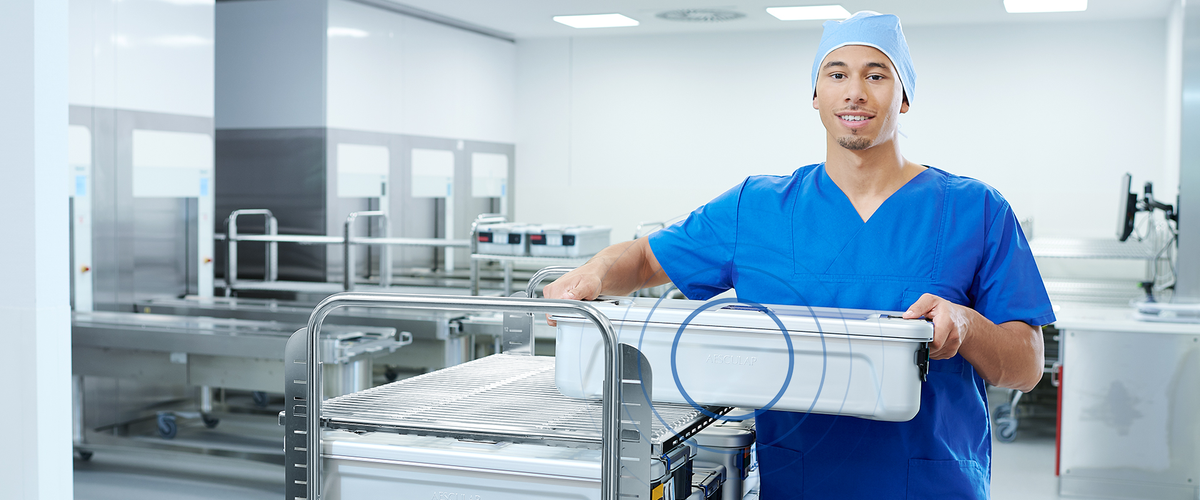Insights From Healthcare Experts
Aesculap experts know sterile processing and perioperative workflows. Their insights below can help you and your facility Operate with Greater Precision™.

Explore Our Recent Blog Posts
Stronger Hospital Outcomes Begin with Elevating the Role of the Sterile Processing Department
The sterile processing department (SPD) is more than just a back-end support team. It’s the hospital’s hub, with every surgical outcome dependent on the instruments that pass through it. Without a strong, well-supported SPD, even the most advanced operating room can be slowed by missing instruments, delayed turnovers and safety risks. In our latest Healthcare Insights Blog, Jennifer Greisen outlines 10 practical actions SPD leaders can take to elevate their department’s role, improve patient safety and streamline surgical workflows. Read more.

The Data Dilemma Holding Sterile Processing Departments Back from Their Full Potential
Sterile processing departments (SPDs) play a critical role in ensuring surgical instruments are clean, safe and ready for use. However, outdated systems and inaccurate data can hinder their ability to meet patient safety goals and properly equip the OR on time. One solution to overcoming these challenges lies in leveraging the power of “big data.” Discover more about big data and how it applies to sterile processing. Read now.

Transforming Surgical Workflows: A Lean Approach to Case Carts, Kits and Trays
Managing the flow of surgical instruments and supplies is a behind-the-scenes process that can make or break operating room efficiency. Yet, case carts, kits and trays—critical tools that bridge the sterile processing department and the operating room—often suffer from outdated processes and inefficiencies. Mismanaged workflows can lead to wasted time, increased costs and frustrated staff. Discover how using lean methodologies and modern technology transform these processes and empower teams to focus on delivering exceptional patient care. Read now.

Assembling the Right Team for New Hospital Construction
Designing a new hospital brings together architects, developers, contractors and equipment planners to create a state-of-the-art facility. However, the sterile processing department (SPD) is often an afterthought, which can cripple surgical workflows, create costly bottlenecks and force multimillion-dollar redesigns. To avoid these outcomes, assembling the right team is imperative. Explore how you can ensure your project brings the right expertise to the table for long-term success. Read now.


